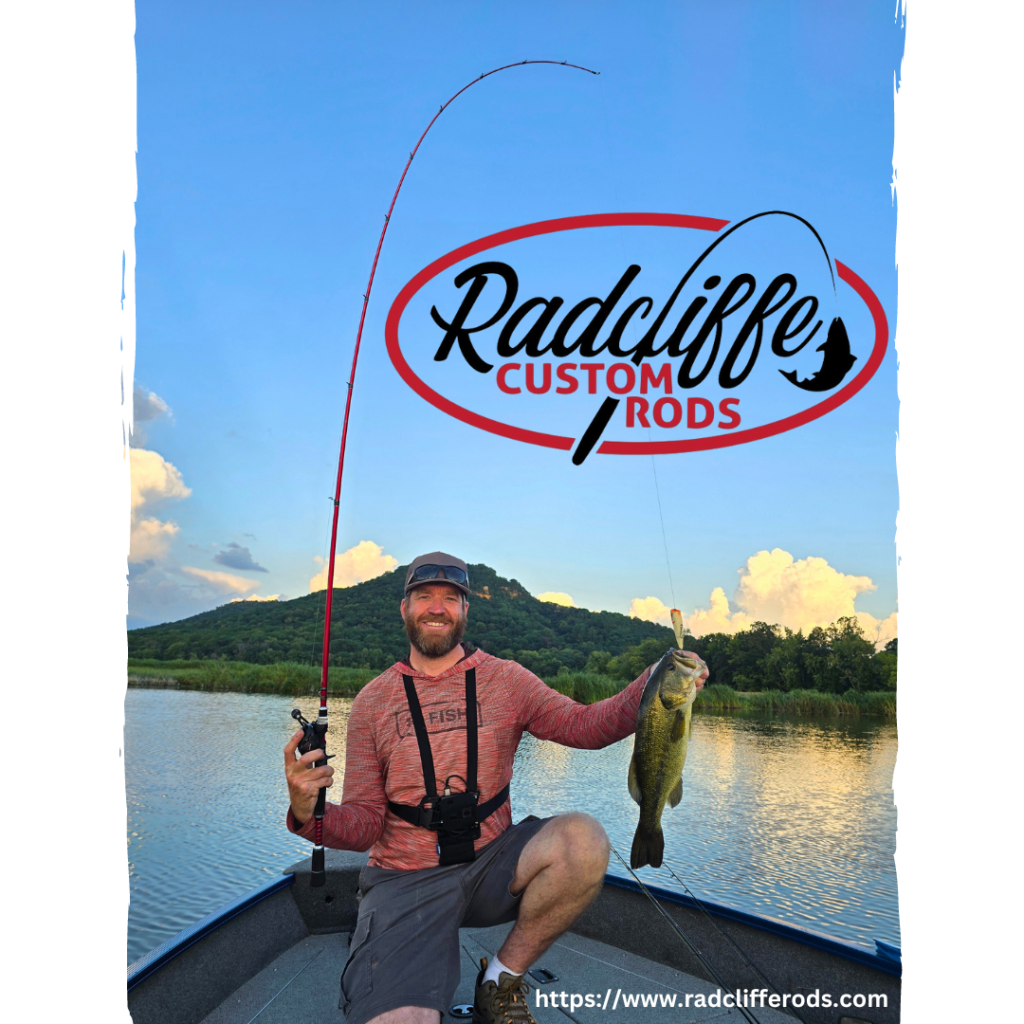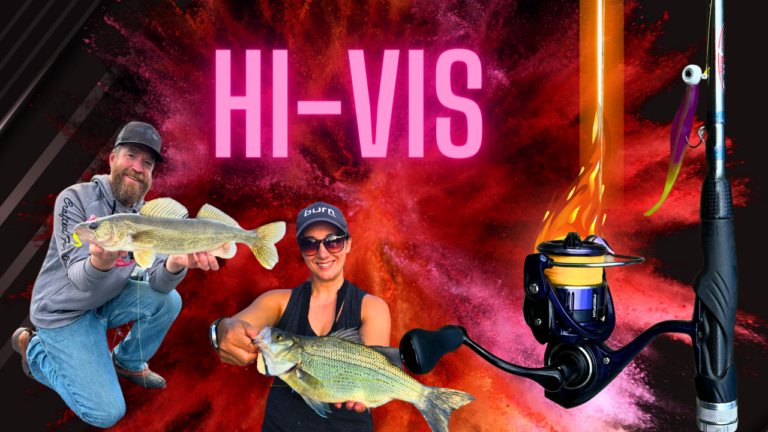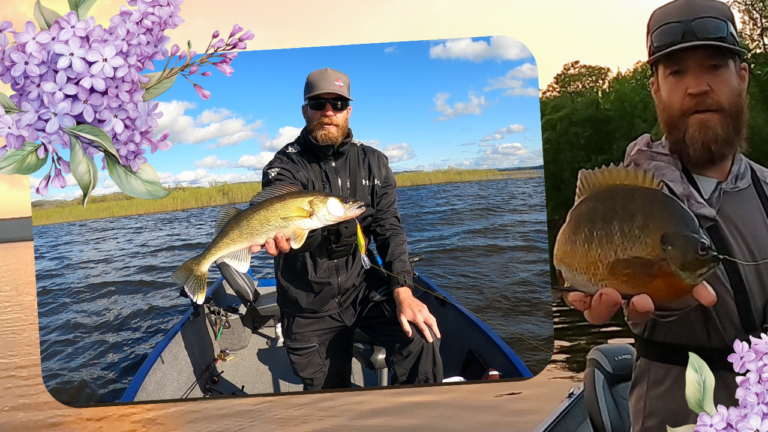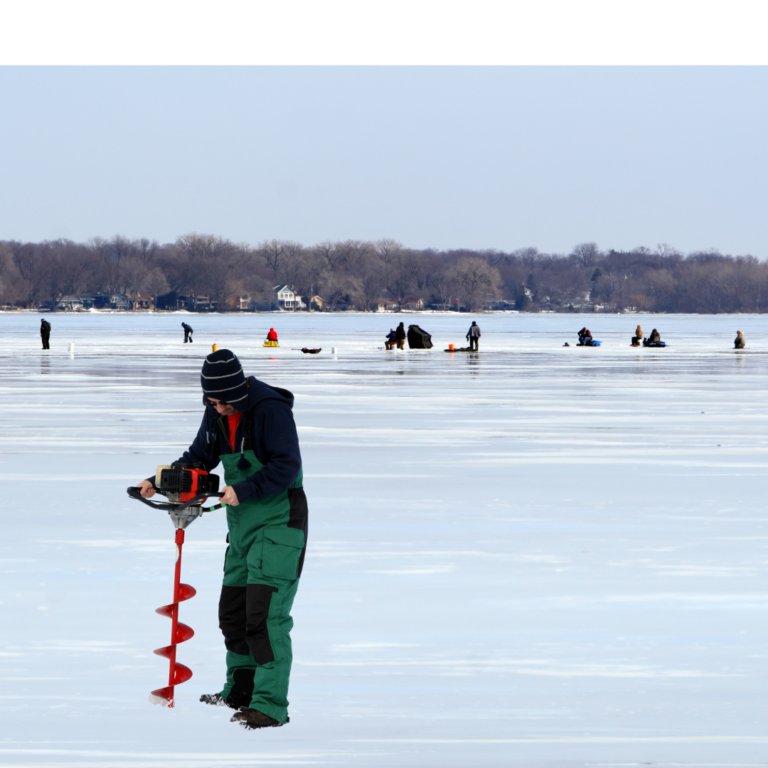Crankbaits for Summer Walleye
Once again, we are dealing with another one of Mother Nature’s curveballs, but get your crankbaits ready. Persistent rainfall across the upper Midwest has driven Mississippi River levels above flood stage, and many boat landings have closed. The high water has put a major damper on many people’s fishing plans, including ours.
The good news is the river is dropping fast. Fishing on the Upper Mississippi River will soon return, and the bite will be fantastic. Most fish have not seen a lure in several weeks and have been gorging on the bountiful supply of forage that inhabits this major river’s waters.
Returning to the Mississippi River, we can expect fish to attack baits in reckless pursuit. This has me thinking of all the summertime bites I love, such as the crankbait bite for walleye and smallmouth bass.
High Water
Fish move away from main channel points and wing dams during high water. However, now that river levels are dropping, these rock structures will again become a viable option for walleye and smallmouth fishing. I like to target the summertime wing dams at dawn and dusk. A run-and-gun approach will locate the productive wing dams. If you catch two or three fish on a wing dam, consider that a success and move on to the next. You may opt to revisit the productive dams at a later time.
It’s crucial to have an assortment of crankbaits, such as deep divers, midrange divers, and shallow-running square bills. Have cranks that can dive 15 feet or more for the deep end of the wing dams and ones that dive 10-15 feet deep for working the upstream face and back to the boat.
Squarebill crankbaits are great for shallow dams. Cast over the wing dam rocks for smallmouth bass and possibly an aggressive walleye. With this variety, you’ll be prepared for any fishing situation.
I approach each wing dam by starting at the deep end nearest the main channel flow, spot locking, or anchoring directly upstream of the very end within casting distance. I want to be close enough to cast over the top of the dam. The depth of the dam will determine which crankbait I use. The crankbait should dive fast so that as you start retrieving, you feel the bait ticking rocks and making its way into the deep trough upstream of the dam.
Casting Crankbaits
At the start of the cast, keep your rod tip close to the water or even below the water’s surface. Reel aggressively for the first few turns of the reel handle. This will cause the bait to surge deep quickly. Then slow the retrieve and adjust the height of the rod tip as you begin to feel rocks. As you feel the bait clear the rocks, lower the tip to allow the bait to dive down the face of the dam. It’s common for the bait to hit a rock and suddenly be hooked into a fish. Walleyes will also follow the bait right back to the boat, so don’t give up on a cast early. I’ve caught many walleyes on a very short line.
Continue to make casts over the deep end of the wing dam. Fan your casts in towards the shallower direction of the wing dam. These casts angled at the wing dam are sometimes the most effective because they keep the crankbait close to the face of the dam for a greater duration. After catching a fish or two, reposition the boat upstream of the wing dam within casting distance. Continue making fan casts at the dam and bringing the crankbait to the rocks and down the face.
If the crankbait finds the rocks quickly and hits them hard, it’s time to back off on the retrieve or switch to a shallower diver. Ideally, you want the crankbait to tick the rocks as it navigates over them. Alter rod tip height, retrieval speed, and crankbait type to achieve this.
Smallmouth vs. Walleye
If you like catching smallmouth, they typically hit while the crankbait glances over the rock. Switch to a shallower running square bill to focus your fishing on the smallmouth. Then, make more casts over and along the wing dam rocks. If you prefer to catch walleyes, focus on working a deep diving crankbait down the front face of the wing dam and keep it near the bottom.
After you have caught a few fish or determined that a wing dam is a dud, move on to the next. If fish use any particular dam, getting a bite doesn’t take long.
Talk soon, Angler X
Here are a few videos to check out in which I’m using these techniques.
Crankbaits for Mississippi River Wingdam Walleyes

If you want to know more about the reels we use, check them out at Piscifun. Use code Anglerx15 to get 15% off.








